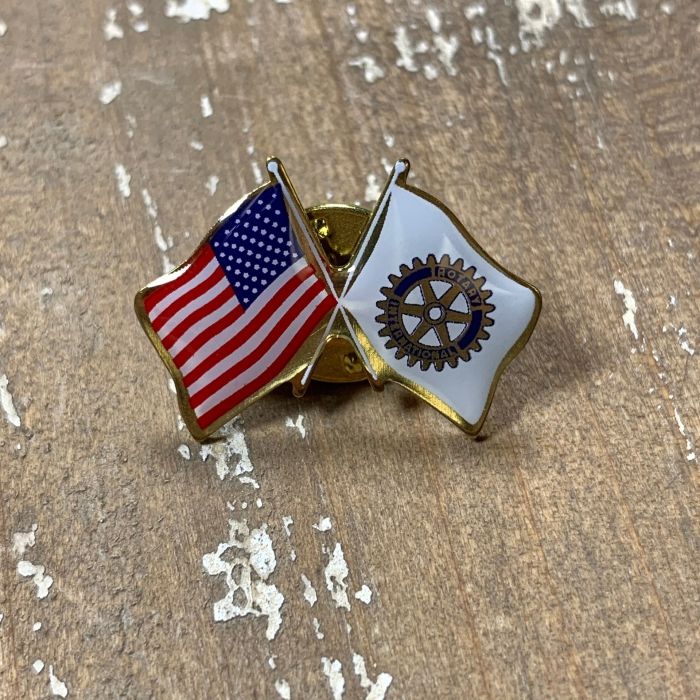The Symbol of Service: What Congress Lapel Pins Represent
Lapel pins have long been iconic symbols in the realm of politics and government service. While their designs can be simple or intricate, the meaning embedded in these small metal pieces often carries significant weight. Among the most distinguished of these pins is the congress lapel pin, an emblem worn by the members of the United States Congress. These pins are not merely decorative; they are potent, emblematic representations of service, honor, and responsibility.
Historical Background
To appreciate the full import of the congress lapel pin, it’s essential to delve into its historical roots. These pins have evolved over time, mirroring the changing landscape of American politics and the roles of its lawmakers.
Early Beginnings
Lapel pins date back to the 1800s, when they were used to demonstrate affiliation and loyalty, particularly during political campaigns. As visual markers, they helped to unify supporters and create a sense of community among like-minded individuals. Over time, they grew in significance and complexity, especially within government circles.
Congressional Adoption
In the early 20th century, the U.S. Congress formally adopted lapel pins to identify its members publicly. These pins became essential for Congressional communication and camaraderie, while simultaneously serving a practical purpose—facilitating instant recognition.
Design and Symbolism
The design of the congress lapel pin is steeped in tradition and symbolism. Understanding what these designs represent enhances the appreciation of these diminutive yet powerful pieces of metal.
Common Elements
- The U.S. Flag: Most congressional lapel pins prominently feature the American flag. This inclusion symbolizes national pride and a commitment to the country.
- Eagles: A frequent element in lapel pin designs, the eagle represents freedom, power, and endurance—qualities that are integral to the function of a Congressional member.
- State Symbols: Some pins include specific elements unique to the state or district of the representative, making each pin distinct and personalized.
The Symbol of Service
Congress lapel pins reflect a deep sense of duty and honor. Wearing one signifies not just the holding of office but the commitment to public service.
Highlighting Roles
These pins denote the rank and committee assignments of the legislators. A distinct congress lapel pin may indicate seniority or specific roles such as committee chairpersons.
Affirming Authority
In public and formal settings, the presence of a lapel pin communicates authority and credibility. It becomes a visual assertion of the mandate given by the electorate.
Cultural and Social Impact
The wearing of congress lapel pins extends beyond mere tradition into the fabric of American sociopolitical life. It serves as a bridge between the legislators and the citizens they represent.
Public Engagement
When a Congressional member dons their lapel pin at events and public gatherings, it garners respect and facilitates engagement with the public. The pin stands as a beacon that draws attention and fosters dialogue.
Media Representation
In media portrayals, particularly during press conferences and televised Congressional sessions, lapel pins serve as quick identifiers and symbols of reliability. They subtly underscore a representative’s legitimacy and importance.
Modern Innovations
While the historical and traditional elements remain intact, there have been thoughtful innovations in the design and function of congress lapel pins to adapt to the modern era.
Technological Integrations
Some modern adaptations of these pins include the embedding of QR codes or smart chips, helping in securing access and recording attendance without compromising aesthetics.
Collectibility
Lapel pins have also gained popularity among collectors. Limited-edition pins and those representing significant events or milestones are especially prized.
Making a Statement Beyond Politics
Wearing a congress lapel pin is not restricted to political environments. Many former members, staff, and even family members wear these pins to honor their affiliation with the legislative process.
An Emblem of Loyalty
For those who continue to wear these pins after their term has ended, it symbolizes enduring loyalty and cherishment of their time in service.
Advocacy and Charity
Congressional members, past and present, often wear their pins at charitable events and advocacy programs. This extends the significance of the pin beyond the halls of Congress, reflecting a broader commitment to public well-being.
Conclusion
In the intricate web of political symbols and signs, the congress lapel pin holds a special place. It bridges history, duty, and public service, encapsulating the essence of what it means to serve in one of the highest capacities in the nation. From its humble beginnings to its current emblematic status, the congress lapel pin is both a badge of honor and a tool for fostering connection and authority.
FAQs
What does a congress lapel pin symbolize?
A congress lapel pin symbolizes membership in the U.S. Congress, commitment to public service, honor, and authority.
When did Congress start using lapel pins?
The formal adoption of lapel pins by the U.S. Congress began in the early 20th century.
Can anyone wear a congress lapel pin?
Generally, only current and former members of Congress, certain staff, and sometimes family members wear these pins. They signify an official affiliation with the legislative body.
Are congress lapel pins collectible?
Yes, certain congress lapel pins, especially limited editions or those commemorating significant events, are highly collectible.
Has the design of the congress lapel pin changed over time?
While the foundational elements remain consistent, modern innovations have added elements like QR codes or smart chips, enhancing functionality without compromising the traditional design.
For more information on creating your unique pins, get a custom lapel pin quote.





